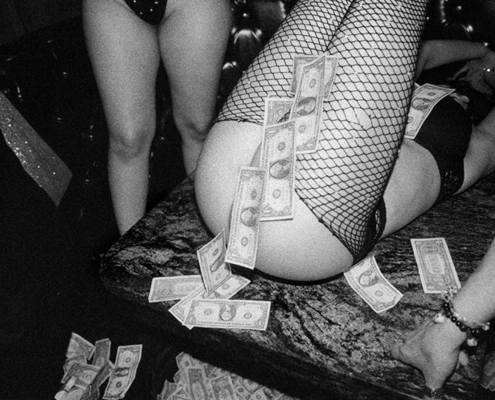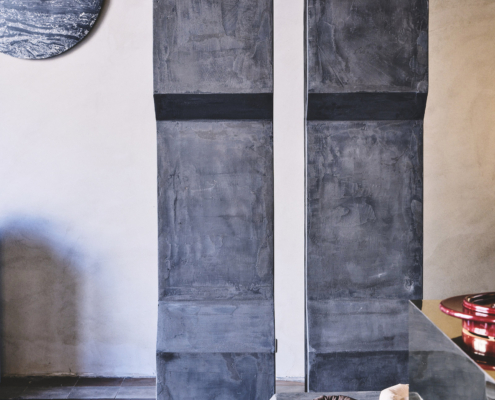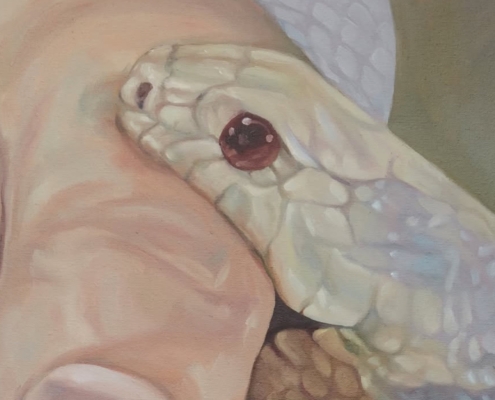I only publish a composition if I sense that it is ready to propel that energy and transfer it to everyone who encounters it.
Would you prefer to perform live or install your work in an exhibition without your physical presence?
It depends on the work. Both are compelling ways to express an idea. I like to be able to establish a balanced relationship with and between the two formats.
You have collaborated with so many artists (such as Ryuichi Sakamoto, Blixa Bargeld, and Ryoji Ikeda, to name a few). Which project is the most memorable and why?
All collaborations have left traces, and I have always learned something new. Undoubtedly, the collaboration with Ryuichi is a prominent and intense one. We have written eight albums together, and most importantly, we have become friends. We shared numerous life moments, and this aspect has certainly shaped our work.
What are you working on now, and when and where will we get to see you live anytime soon?
I have written and recorded a lot of music in the last half-year. I wrote the score for Richard Siegal’s choreographic work presented at Pina Busch’s Theater in Wuppertal, and produced the music for a new theater piece by Simon Stone, to be presented at the Burgtheater in Vienna. Together with Max Knoth, we rearranged the Xerrox Vol. 4 album for Ensemble Modern – this production is set to be presented this fall or in spring 2022. I got commissioned to work on a large installation for a museum and an outdoor sculpture. My next Alva Noto release on NOTON is titled HYbr:ID I, and will be the first of a new series featuring music I wrote for choreographic works.
 https://www.nastymagazine.com/wp-content/uploads/2025/11/sexpolitics-004.jpg
1061
1600
Editor Nasty
https://www.nastymagazine.com/wp-content/uploads/2015/02/new-logo-basker-WHITE4.png
Editor Nasty2025-11-21 09:12:352025-11-22 15:17:34Sex And Politics / Art Icon
https://www.nastymagazine.com/wp-content/uploads/2025/11/sexpolitics-004.jpg
1061
1600
Editor Nasty
https://www.nastymagazine.com/wp-content/uploads/2015/02/new-logo-basker-WHITE4.png
Editor Nasty2025-11-21 09:12:352025-11-22 15:17:34Sex And Politics / Art Icon









